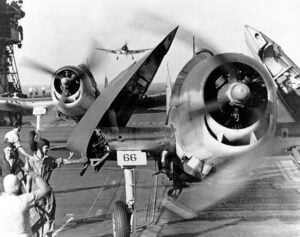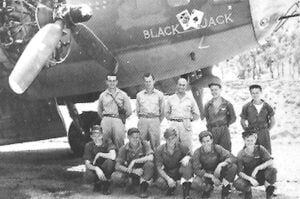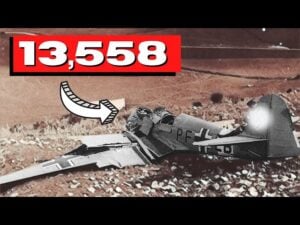B-17 vs B-24: Which Was the Best American Bomber of WW2?
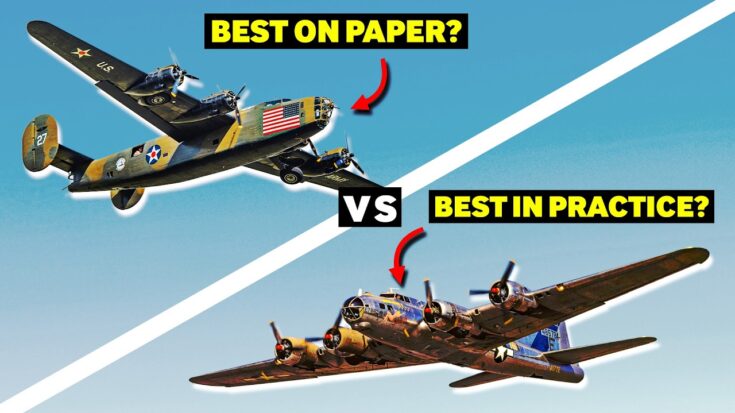
YouTube / Imperial War Museums
At the American Air Museum in Duxford, two legendary WWII bombers sit side by side—the Boeing B-17 Flying Fortress and the Consolidated B-24 Liberator. Both played critical roles in the Allied bombing campaigns over Europe, but each brought a very different set of strengths—and reputations—to the fight. So, which bomber really had the edge?
Performance in Combat
The B-24’s high-aspect-ratio Davis wing gave it impressive lift and efficiency, allowing it to cruise at 215 mph and carry up to 8,800 lbs of bombs—more than the B-17’s typical 4,000 to 5,000 lb load. However, the B-17’s broad-chord wing was more stable at high altitude, giving it the edge in precision bombing. In late 1944, B-17s placed 38% of bombs within 1,000 feet of the target, compared to just 28% for B-24s.
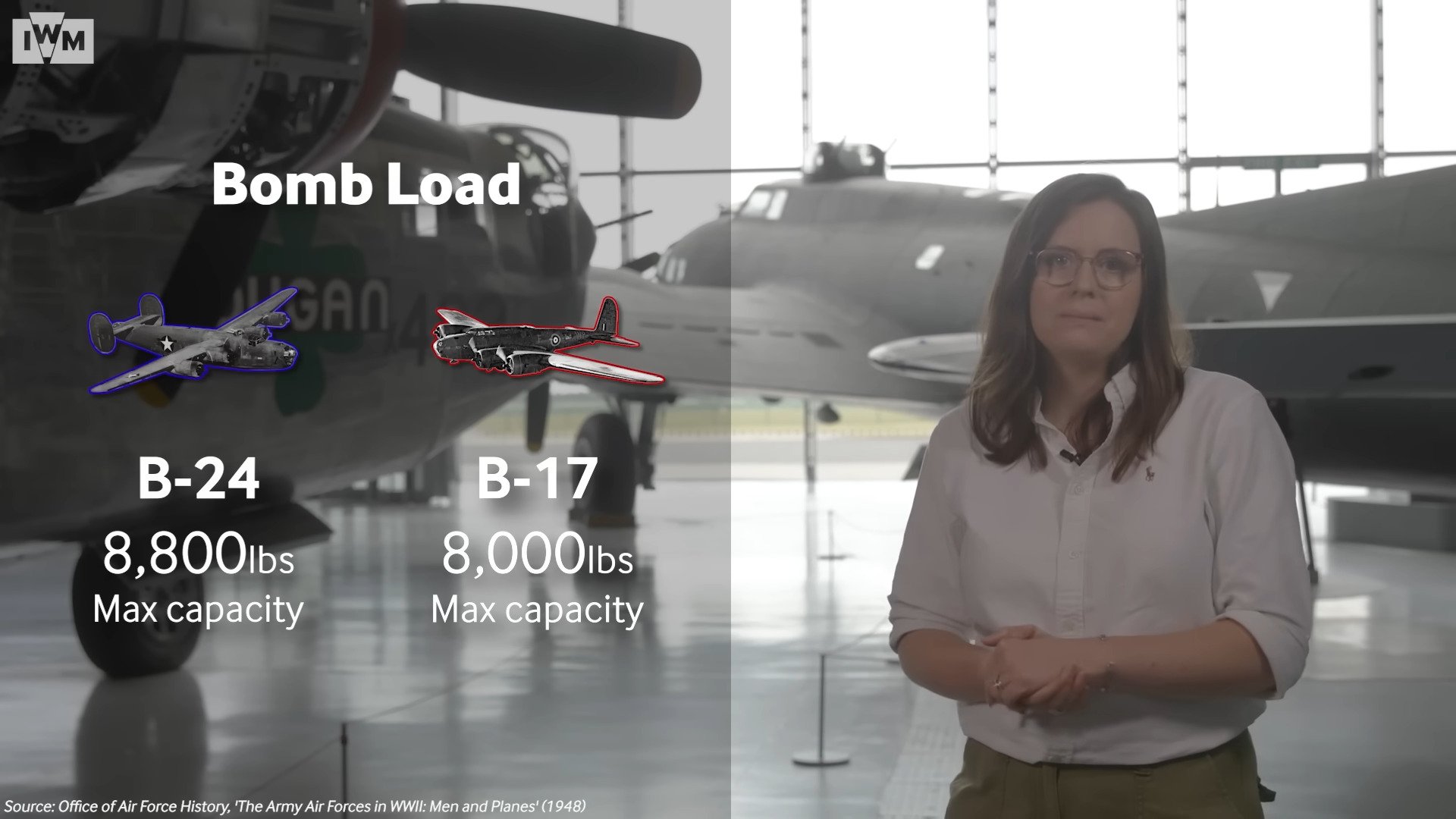
Durability was another key difference. The B-17 became famous for returning home with missing engines, shredded wings, and flak-damaged fuselages. Photos of bombers like Nine-O-Nine helped cement the B-17’s reputation as nearly indestructible. Meanwhile, the B-24’s wing design made it more vulnerable to structural failure during crash landings or ditching at sea.
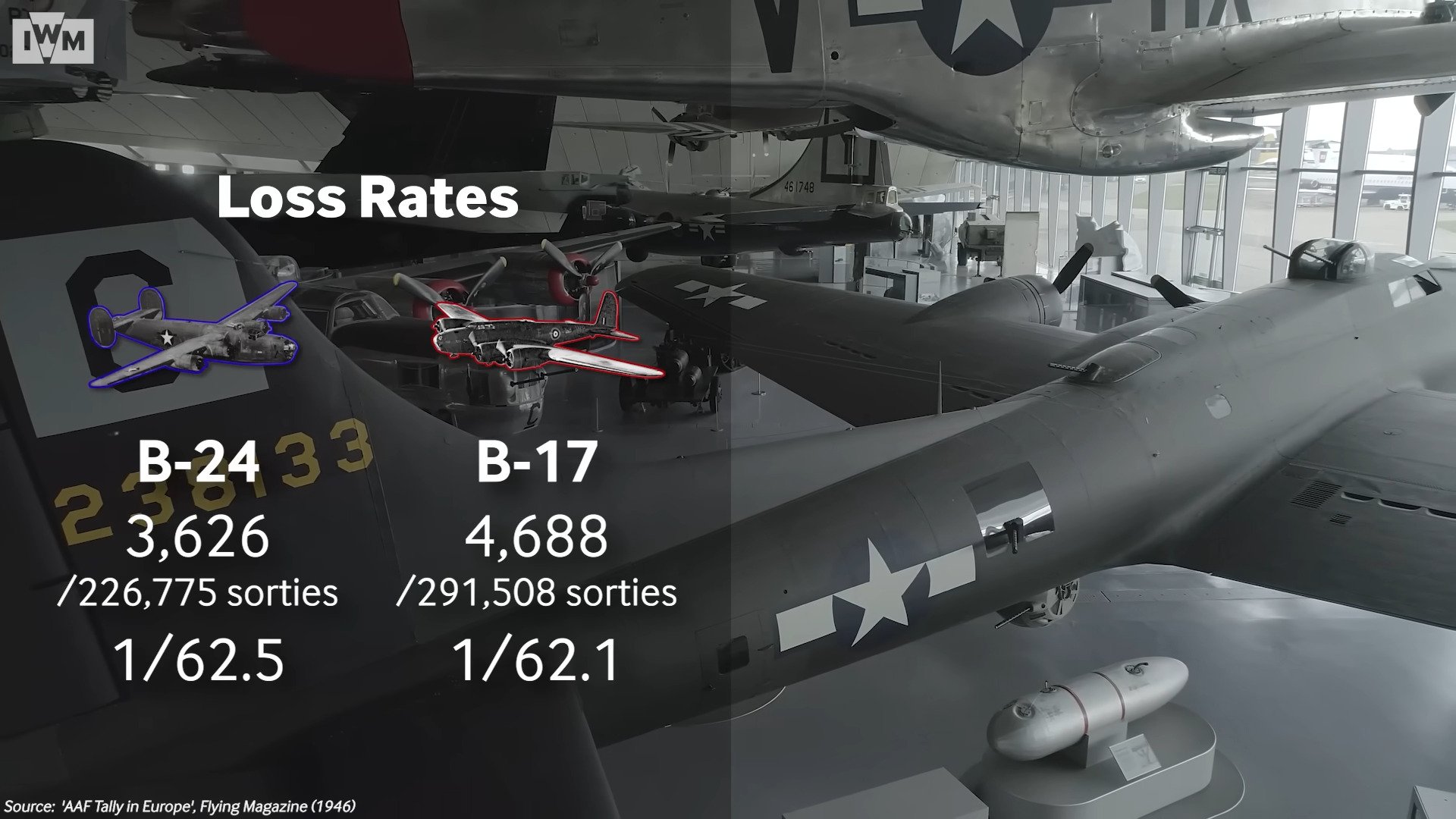
Firepower and Defensibility
The B-17 was better suited for self-defense. By the G model, it boasted 13 .50 caliber machine guns, offering overlapping fields of fire. B-24s carried just 10. The difference showed in combat—B-17 groups averaged one enemy aircraft downed per 44 sorties, while B-24s needed 87 sorties to achieve the same result.
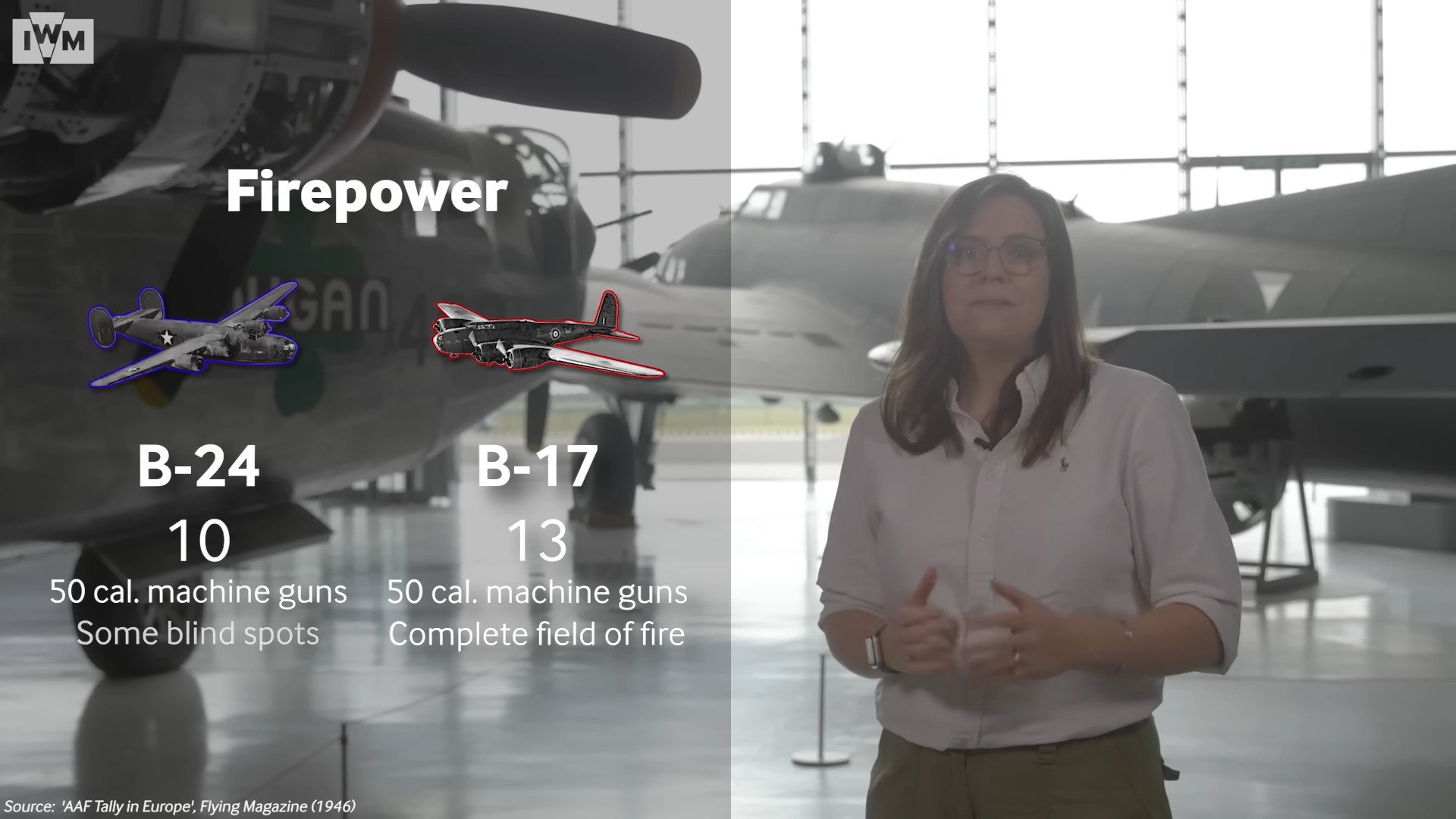
Still, the B-24’s versatility made it invaluable. It served in anti-submarine patrols, transatlantic transport missions, and low-level bombing in the Pacific. And thanks to production efficiencies at places like Willow Run in Michigan, the B-24 became the most-produced bomber of all time, with over 18,400 built.
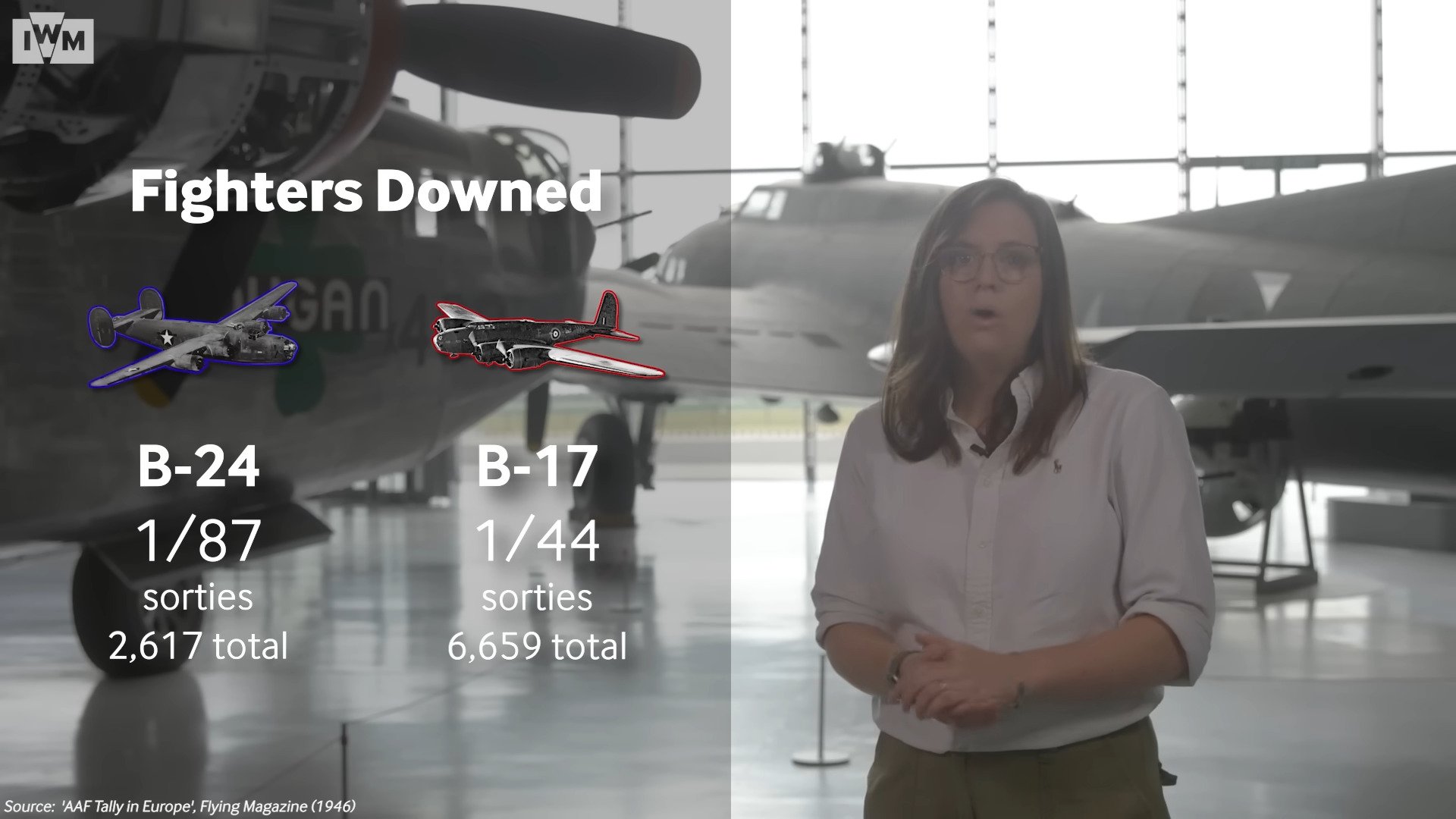
Which One Was Better?
Ask a B-17 crewman and he’d proudly say yes—92% of B-17 crews polled in 1944 believed they had the better machine, compared to 76% of B-24 crews. And the postwar Strategic Bombing Survey agreed: the B-17 was superior in bombing accuracy, survivability, and effectiveness per sortie.
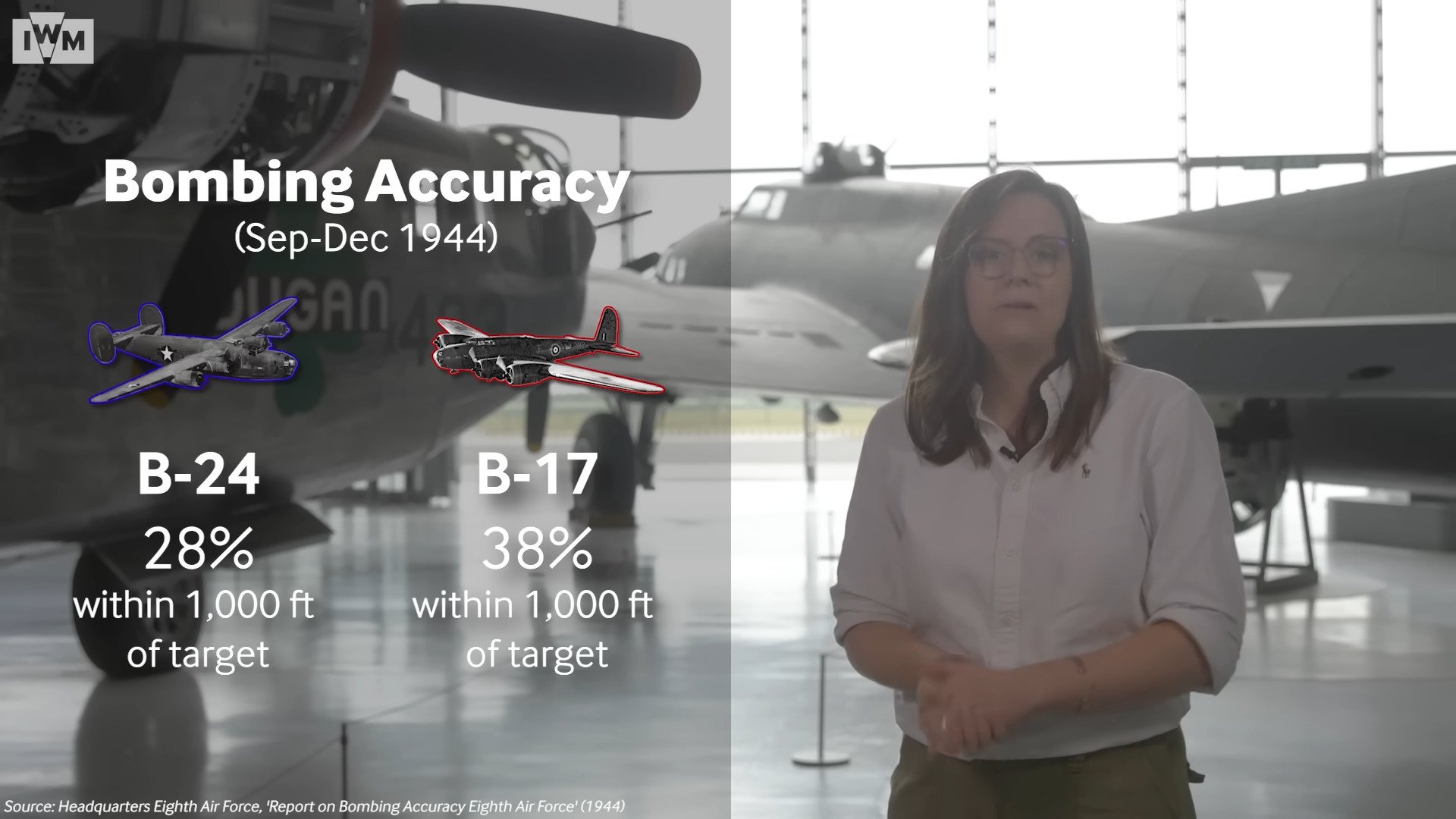
But the B-24’s range, payload, and production scale made it indispensable across multiple theaters. One type couldn’t have won the war alone—but together, the Flying Fortress and the Liberator delivered the hammer blows that brought Germany to its knees.














